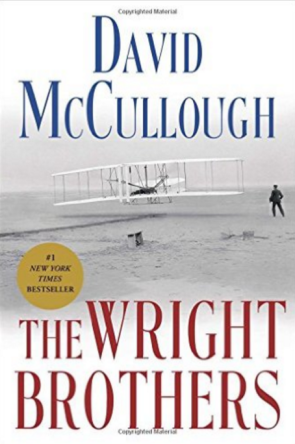The Disappearance of Amelia Earhart

2 July 1937
At 0843 hours, local time, Amelia Earhart transmitted this in-flight message, “We must be on you but cannot see you…but gas is running low.”
Radio operators aboard the USGS Itasca—her guard ship anchored off Howland Island—recorded in the Log Book, “Her voice was loud and clear.” Accordingly, her aircraft, the Lockheed Electra model 10E, must be within 100 nautical miles of the ship. All following efforts to establish either radiotelegraphic or voice communications with Earhart failed.
A few minutes later she transmitted, “We are running on line north and south on the line 157/337. Will repeat this message on 6210.” These were the last words heard from the famous aviatrix.
***
In the mid-1930s, Amelia Earhart was an American icon personified. Her aviation exploits dominated the media. We heard radio broadcasts of her setting new records and heard her speeches, we read the headlines and stories that flooded our newspapers of her exploits, and we saw her in newsreels and her new Lockheed Electra—Purdue University’s flying laboratory to garner aviation’s unknown secrets. In 1937, she started her second attempt to fly around the world as near to the equator as possible. She vanished before reaching Howland Island in the Central Pacific. Where she disappeared and why are the two key questions that are unanswerable with the intelligence we have today.
Pundits and charlatans have proposed numerous scenarios to explain her disappearance. Some are ridiculously bizarre. For example, she became Japanese Emperor Hirohito’s sex slave, or she was the woman broadcaster, “Tokyo Rose.”
Following are five scenarios that prevail in the extant literature—some with no, or minimal credence—none are conclusive.
- Amelia Earhart crashed landed in the Japanese controlled Mandate Marshall Islands. She survived; the Japanese captured and interned her. She was repatriated after the war and returned sub-rosa to the USA using the nom de guerre Irene Craigmile Bolam.
- Earhart was a Trojan horse. She crashed on purpose in the Marshall Islands so the U.S. Navy could find her and collect intelligence on Japanese fortifications during their search.
- Earhart was lost, crash landed inside the Japanese-mandated islands. They captured her and Noonan and imprisoned them on Saipan where they died.
- Earhart landed her Electra on the reef at Gardner Atoll in the Phoenix Group. She and Noonan and survived for a while, and the pair died as castaways.
- Amelia Earhart missed Howland Island. Out of fuel, the Electra crashed into the ocean and the flyers drowned.
***
The Commander of Naval Intelligence tasked one of his officers, Commander Gregory Thompson, to ferret the facts of Amelia Earhart’s disappearance. His startling discovery is revealed in “Amelia,” printed in S. Martin Shelton’s book Aviators, Adventurers and Assassins.

Aviators, Adventurers and Assassins will be available as a free eBook download July 2–5.

